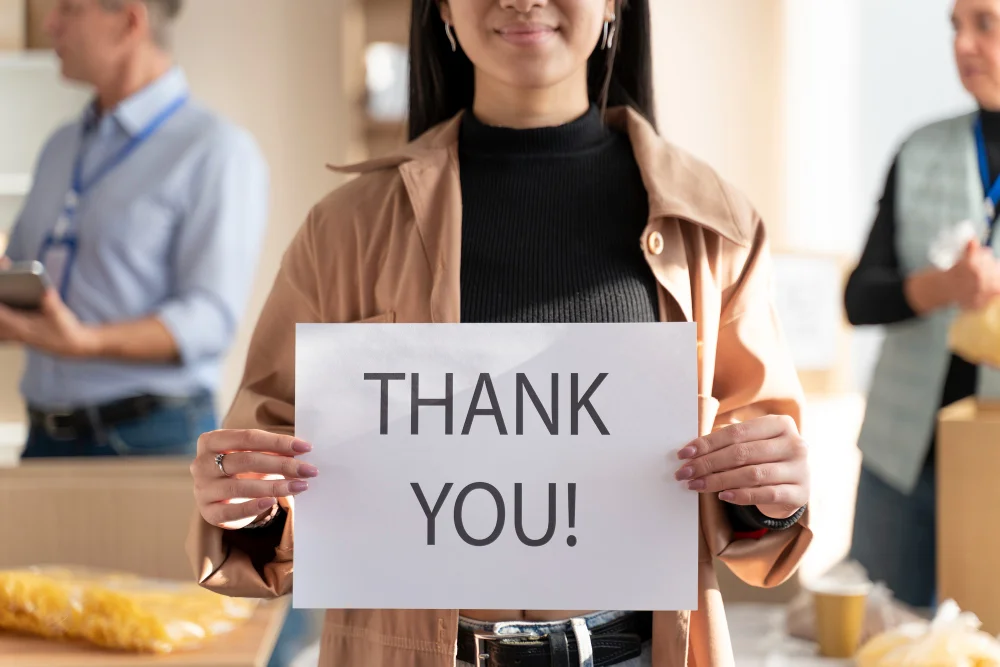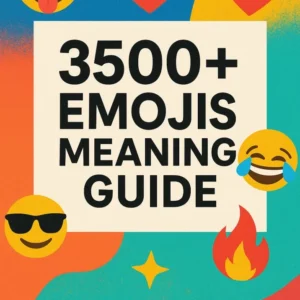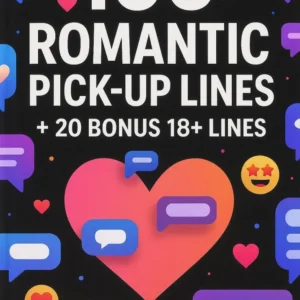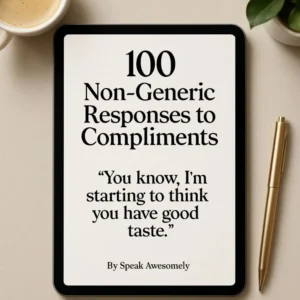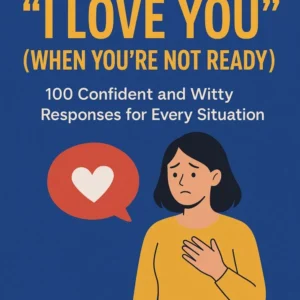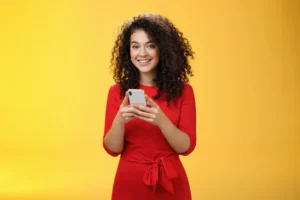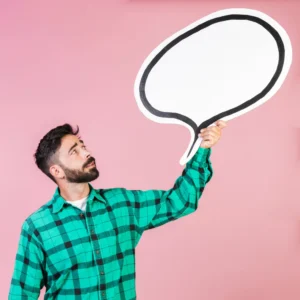Have you ever paused while typing a message, wondering which emoji best says thank you without sounding too formal—or too casual? I certainly have. A few months ago, after a friend helped me move into my new flat, I typed “Thanks a lot!” and hovered over my emoji keyboard. Should I add the 🙏 hands, the 😊 smile, or maybe the ❤️ heart? That moment made me realise something: expressing gratitude with the right emoji is more complicated than we think. And yet, it matters—because a well-chosen emoji can make our digital thanks feel warm, authentic, and memorable.
In this article, I’ll unpack the most effective emojis to use for “thank you,” explain when and why they work, and share insights from communication experts, cultural perspectives, and real-world use cases. By the end, you’ll not only know which emoji to choose but also why it resonates.
Why Emojis Matter in Expressing Gratitude
We live in an era where a large part of our conversations happen on screens—be it WhatsApp, Instagram, Slack, or LinkedIn. Research published in the Journal of Language and Social Psychology notes that emojis function as emotional amplifiers, giving context and tone to otherwise flat text. Simply writing “thanks” might come across as polite but neutral. Add an emoji, and suddenly it feels warmer, lighter, or even more heartfelt.
Communication coach Sarah Johnson explains, “When you’re not face-to-face, emojis help fill the gap of body language. Choosing the right emoji can show sincerity, humour, or closeness in ways plain words might not.” In short, the right emoji makes gratitude feel human.
The Best Emojis for Saying Thank You
Folded Hands (The Classic Choice)
The most widely recognised emoji for gratitude is 🙏. Some see it as praying hands, but it’s universally used as a gesture of thanks. When I texted my physiotherapy mentor after he guided me through a tricky exam prep, this emoji conveyed humility and genuine respect. It works best in formal or semi-formal contexts.
When to use it: Professional settings, when thanking mentors, colleagues, or acquaintances.
Smiling Face (Friendly Gratitude)
Adding a 😊 turns “thank you” into something warm and approachable. It feels less ceremonial than 🙏 and works well with friends, peers, or casual conversations. For example, when a neighbour recently brought me homemade cookies, “Thank you 😊” felt cheerful without being over the top.
When to use it: Casual chats, friendly exchanges, or when you want to keep the tone light.
Red Heart (Deep Appreciation)
If you’re expressing gratitude to someone close—family, a partner, or a best friend—the ❤️ heart adds emotional weight. A simple “Thanks ❤️” tells them you genuinely care. Relationship therapist Dr. Emily Moore notes, “The heart emoji doesn’t just mean love; it shows emotional closeness, making gratitude feel more intimate.”
When to use it: With loved ones, close friends, or when gratitude goes beyond politeness.
🤗 Hugging Face (Supportive Thanks)
This emoji says, “I’m sending you a hug along with my thanks.” I used it after a friend proofread my scholarship essay late at night. It conveyed warmth and reassurance. It’s especially effective when the favour was personal or required effort.
When to use it: Thanking someone for emotional or personal support.
Blossom / 🌟 Star (Creative Thanks)
Sometimes gratitude calls for flair. Emojis like 🌸 or 🌟 don’t literally mean “thank you,” but they add charm and creativity. These are great for social media posts where you want your appreciation to stand out visually.
When to use it: Instagram captions, group chats, or moments where you want your thanks to feel more colourful.
Cultural Nuances to Keep in Mind
Interestingly, emoji meanings vary across cultures. In Japan, 🙏 is strongly tied to prayer, while in Western contexts it’s widely accepted as a thank-you symbol. Similarly, using a ❤️ heart with a colleague in a professional email might feel too intimate in Britain, but perfectly acceptable in Mediterranean cultures where warmth is the norm.
Communication scholar Dr. David Crystal reminds us, “Emojis carry cultural baggage. What feels polite in one place can feel overly familiar in another.” So, when in doubt, consider your audience’s background before hitting send.
The Psychology of Gratitude and Emojis
Studies in positive psychology show that expressing gratitude—whether face-to-face or digitally—boosts relationships and well-being. Adding emojis enhances that effect. A 2022 survey by Adobe found that 71% of users believe emojis make conversations friendlier and more credible. Emojis don’t just decorate; they strengthen human connection.
When I compared sending “thank you” alone versus “thank you 🙏” in professional emails, the responses to the latter often came back warmer and more engaging. It’s subtle, but it matters.
How to Choose the Right Thank You Emoji
Think of emoji choice as dressing for the occasion. Just as you wouldn’t wear a suit to a beach picnic, you wouldn’t drop a ❤️ heart into a corporate Slack thread. Here’s a quick framework:
- Professional: Stick to 🙏 or 😊
- Friendly: 😊, 🤗, or 🌸
- Intimate: ❤️, 💕, or 🤍
- Creative / Social Media: 🌟, 🎉, ✨
Pro tip: Combine words with emojis. A message like “Thank you so much for your help 🙏” strikes a balance between sincerity and style.
FAQs
1. Is 🙏 always appropriate for saying thank you?
Not always. While widely accepted, it can look overly formal in casual settings. Pair it with words to soften it.
2. Can I use ❤️ in professional emails?
Generally no—it might blur boundaries. Stick with 🙏 or 😊 for work-related gratitude.
3. Which emoji works best on social media?
Creative ones like 🌸, 🌟, or ✨ can make your thank-you posts more engaging.
4. Do emojis replace words in thank-you messages?
No. Emojis enhance meaning, but words should always come first for clarity.
5. What if someone misinterprets my emoji?
It happens. If unsure, clarify with words: “Thank you for your help 🙏 (really appreciate it!).”
Final Thoughts
Choosing the right emoji for “thank you” isn’t just about decoration—it’s about making digital communication more human. Whether it’s the respectful 🙏, the warm 😊, or the heartfelt ❤️, each emoji carries a tone that shapes how your gratitude is received.
Personally, I’ve found that mixing words with emojis works best. It avoids confusion and feels genuine. So, next time you pause over your keyboard, ask yourself: what kind of gratitude do I want to express—formal, friendly, or intimate? The answer will point you to the right emoji.
Now it’s your turn: which emoji do you usually use for saying thank you, and why? Share your go-to in the comments—I’d love to see the differences!
Read Also: What to Use Instead of the Thumbs Up Emoji?
Recommended Products

All Emoji Meanings Guide (3500+)
Original price was: $ 15.$ 7Current price is: $ 7.Add to Cart
100 Romantic Pick-Up Lines + 20 Bonus 18+ Lines | Modern Dating & Flirting Guide for Confidence, Charm, and Attraction
Original price was: $ 25.$ 10Current price is: $ 10.Add to Cart
100 Witty & Unexpected Responses to Compliments – Speak Awesomely’s Ultimate PDF Guide for Confident, Clever Conversations
Original price was: $ 15.$ 6Current price is: $ 6.Add to Cart
100 Smart & Heart-Savvy Responses to ‘I Love You’ (When You’re Not Ready) – Speak Awesomely’s Essential Communication Guide
Original price was: $ 17.$ 10Current price is: $ 10.Add to Cart

